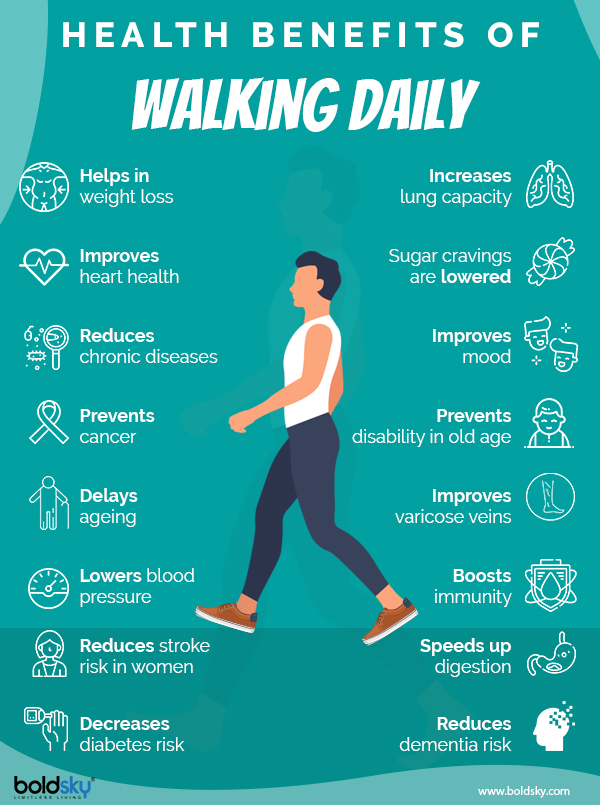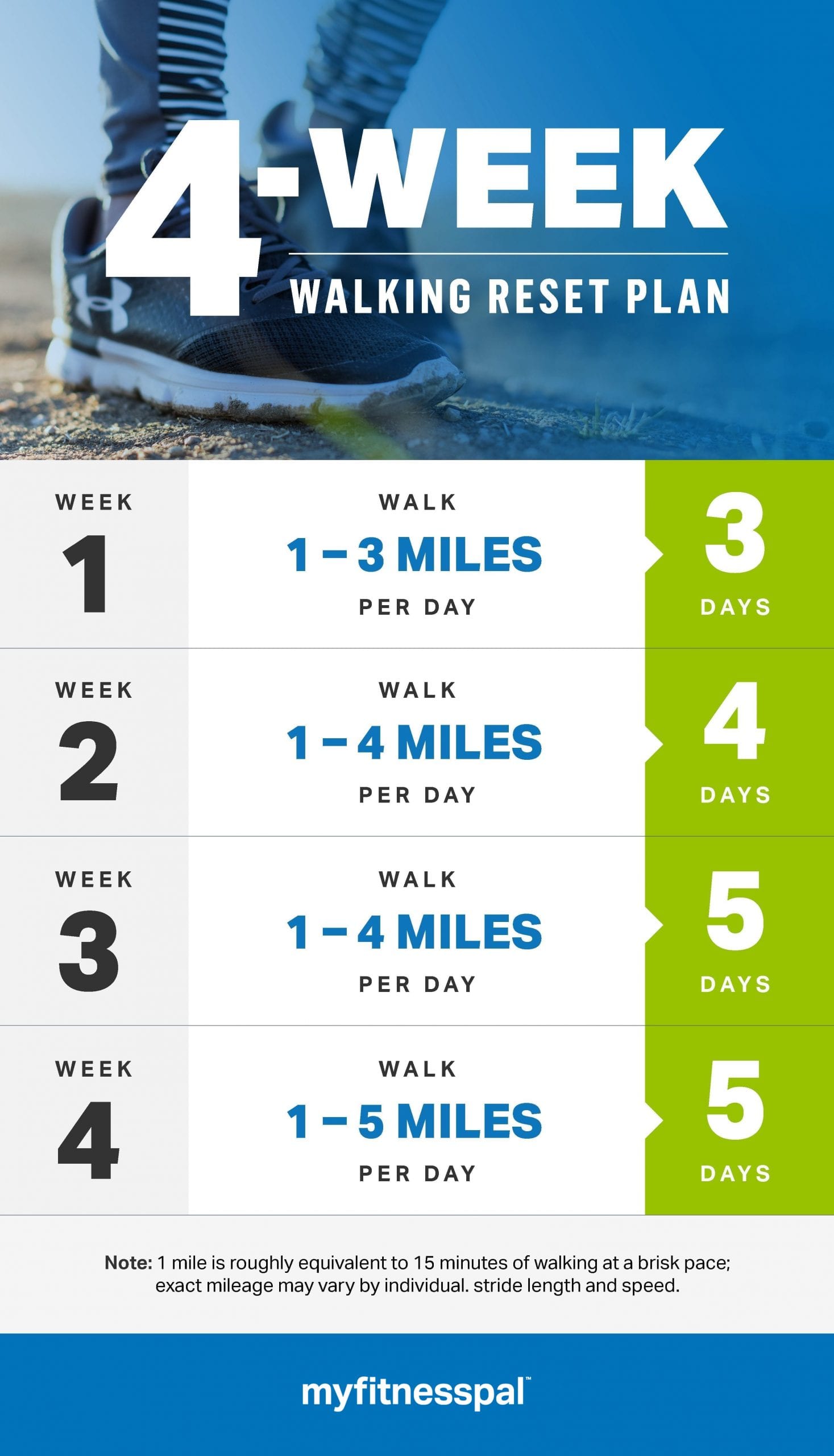

Risk factors for diabetes include being overweight and having a family history of diabetes. It raises the chances of getting heart disease. Diabetes involves ongoing high blood sugar levels. People over 65 should get their cholesterol tested once a year. The NHLBI recommends that women ages 55 to 65 and men ages 45 to 65 get screened every 1 to 2 years. After the first cholesterol test, screenings should be repeated every five years. Earlier testing may be recommended if you have other risk factors, such as a family history of early-onset heart disease.

The National Heart, Lung, and Blood Institute (NHLBI) recommends that cholesterol screenings start between the ages of 9 and 11. People age 40 and older also are given a blood pressure test yearly. If you're between 18 and 39 and have risk factors for high blood pressure, you'll likely be screened once a year. This checks for high blood pressure as a risk factor for heart disease and stroke. Starting at age 18, blood pressure should be measured at least once every two years. Regular blood pressure screenings usually start in childhood. Regular exercise enhances the immune response against microbial antigens through up-regulation of toll-like receptor signaling pathways.Blood pressure. Differences in physical aging measured by walking speed. Quantifying the association between physical activity and cardiovascular disease and diabetes: A systematic review and meta-analysis. How fast is fast enough? Walking cadence (steps/min) as a practical estimate of intensity in adults: A narrative review. Target heart rate and estimated maximum heart rate.Self-rated walking pace and all-cause, cardiovascular disease and cancer mortality: Individual participant pooled analysis of 50 225 walkers from 11 population British cohorts. Association between walking speed and age in healthy, free-living individuals using mobile accelerometry - a cross-sectional study. Impact of walking on life expectancy and lifetime medical expenditure: The Ohsaki Cohort Study. Know your target heart rates for exercise, losing weight and health.Three 15-min bouts of moderate postmeal walking significantly improves 24-h glycemic control in older people at risk for impaired glucose tolerance. Exercise for the treatment of depression and anxiety. The effects of body mass index (BMI) on human gait analysis. And a 2011 study found that people who walked more had lower expenses for medical care (cha-ching!). Might help you live longer: A 2018 study found that walking faster may lead to a longer life.Boosts immune system: A 2015 study found that regular physical activity can heighten the immune system’s response to microbial infections (*cough, cough* good to know during flu season).Helps your mood: Physical activity like walking helps reduce depression and anxiety.(More research is needed, but taking a stroll definitely can’t hurt!) Might lower blood sugar: One small study of 10 people suggested a correlation between regular walks and lower blood sugar levels.Strengthens your heart: Research has shown that walking for 30 minutes per day, 5 days per week can lower the risk of coronary heart disease.It will vary based on factors like walking speed, distance, terrain, and weight. Burns calories: Burn, baby, burn! A calorie calculator can help you determine your personal burn.Here are some other benefits of regular brisk walking: You don’t have to train for ages to do it (RIP, marathon attempt), spend half your rent on classes (looking at you, SoulCycle), or risk dropping a weight on your toe (hard times at CrossFit). Good news: You don’t have to run marathons to be fit Keeping tabs on your heart rate with one of these devices (or with a good old-fashioned finger to the pulse) can also reveal whether you’re walking at the right pace.Īccording to the American Heart Association, during a brisk walk you should aim to cruise at 50 to 85 percent of your max heart rate. You can also track your pace with a smartwatch (like an Apple Watch), a Fitbit, or another device that monitors your physical activity. Researchers suggest counting how many steps you take in 10 seconds and multiplying that number by 6. There are other ways to determine your approximate speed.

If you’re too winded, then good job - you’re walking fast enough. It sounds a little weird, but try singing your go-to karaoke song as you stroll along. A 2018 study defined brisk walking as a pace of 100 to 119 steps per minute.Īccording to the CDC, a brisk walk is one where you can talk but not sing. It’s a more athletic type of walking than, say, strolling with Fluffy as she picks a favorite hydrant. You’ve probably heard the term “brisk walking” before.


 0 kommentar(er)
0 kommentar(er)
